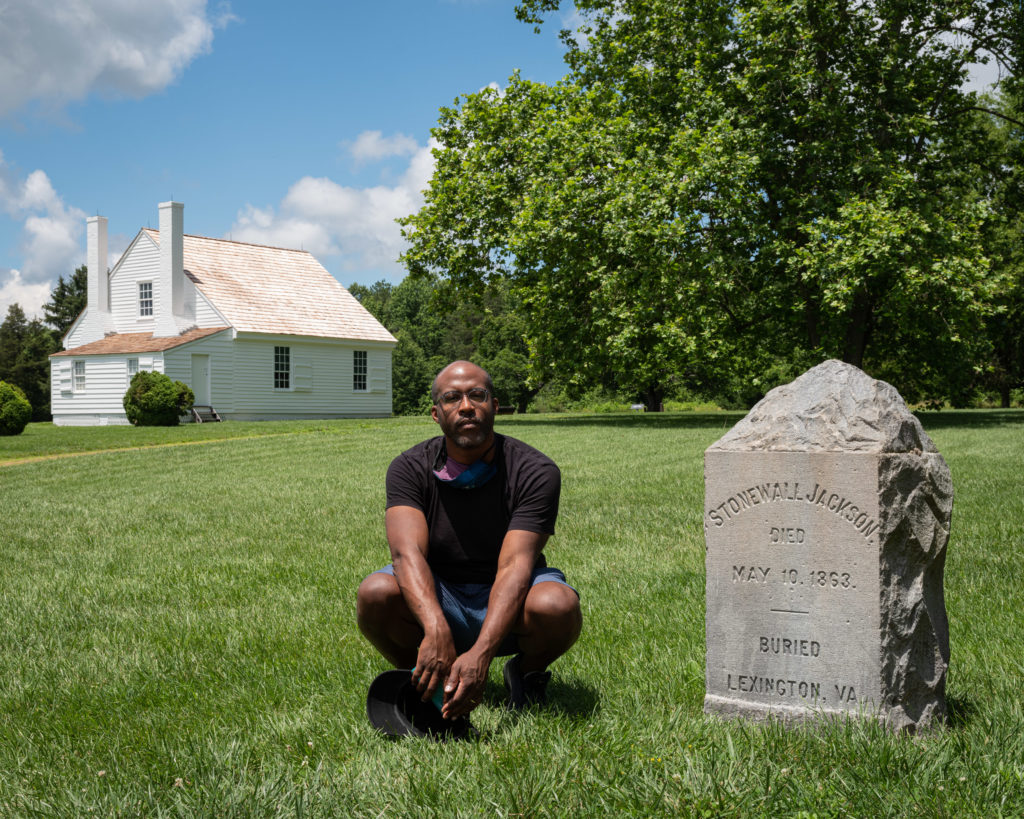Truth Be Told
Posted on December 1, 2021
Wright State University shows Truth and Ruin, a large-scale photography exhibition exposing the landscape of systemic racism alongside portraits representing and promoting Black joy and agency.
It was the summer of 2020 when Ben Montague, Wright State’s curator of The Robert and Elaine Stein Galleries, was seeking an artist to mount a photography exhibition. That June had seen many millions of protesters around the country demonstrating in response to the murder of George Floyd the month prior. Says Montague: “For our campus, I wanted to have something to facilitate a discussion, because things are so quickly forgotten and pushed aside.”
His choice for an artist was New York-based photographer Kris Graves, whose work has been shown at the Metropolitan Museum of Art, Whitney Museum, and Guggenheim Museum among many venues. The two worked closely together to mount Truth & Ruin, on exhibit at Wright State through December 3. (Join virtually for the closing event, Black Political Thought and Antiracism: The Civic Radical Tradition with Alex Zamalin, Dec 2 at 11:45 am–1:00 pm EST.)
“Kris Graves masterfully utilizes landscape and portrait photography to create a visual dialogue about the representation of Black people within the vast span of systemic racism in our culture,” says Montague.
FotoFocus talked to Graves about perception, agency, and highlighting the reality of systemic racism in America:
FotoFocus: What compels your work?
Kris Graves: Most of the work is about the landscapes. Portraits are somewhat different, but they’re all about American issues, about strong problems in America.
The [Testament Project] portraiture is based on giving Black people space to have their own agency. It’s a story about how people get to choose our own colors. I surround the models with color-changing light bulbs; they choose their own combination of colors.
Giving people agency in portraiture is really important. There’s been a history of people going to locations and not asking to make photographs. That’s something that’s been changing and hopefully continues to change. I think that portraits are all about agency. At least the ones that I’m making — I hope that they’re about agency.
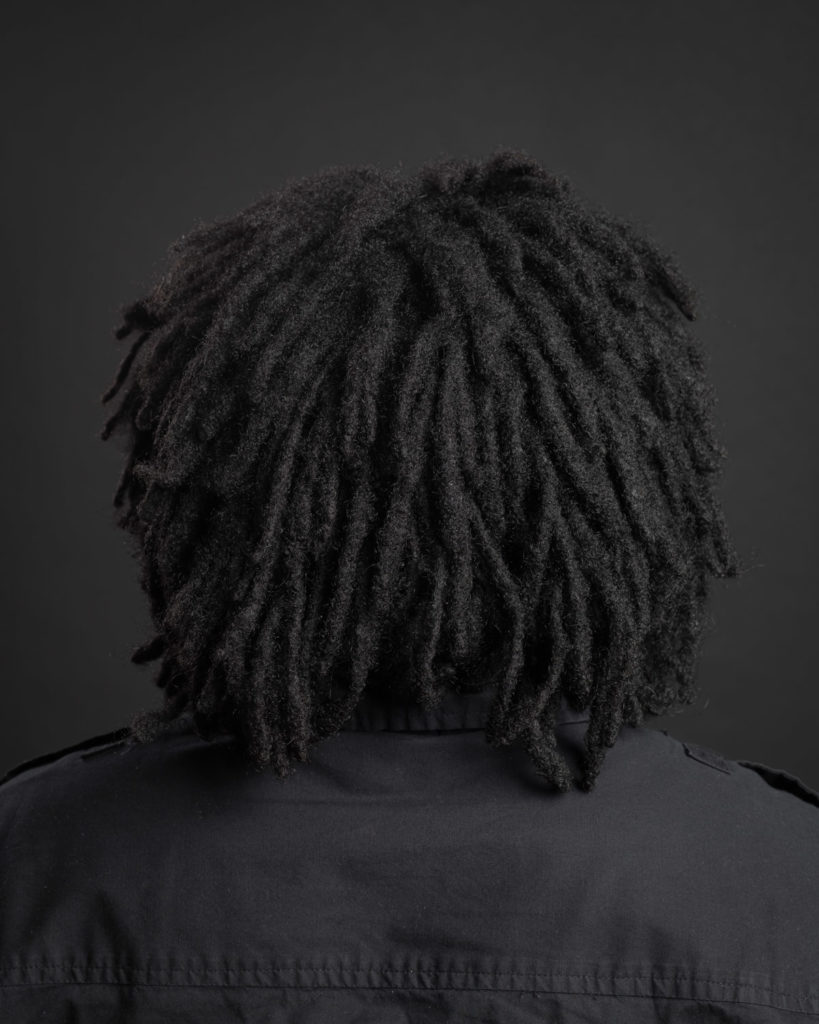
FF: Can you talk me through the setup of the show, how the portraits and landscape split between two floors?
KG: The first floor is mostly landscapes, with a few portraits. The second floor is studio portraiture. There’s another part of the series, in the form of a video, where my mother is telling a story about discrimination that she dealt with in the ’80s.
The landscapes are a mix between three projects, all dealing with issues such as racism in the American landscape, specifically in the South, where there are a lot of confederate monuments. There’s a whole wall of confederate monuments and places devoted to slavery and racism.
FF: What brought you to photography, and what keeps you in the medium?
KG: I got into photography in high school when I realized I didn’t want to do anything else besides art. I’ve been doing it since I was 15 years old — over half my life. I don’t know anything else, so that’s what keeps me in the medium. I am a photographer. So I’ll probably continue to make photographs for as long as I can. I don’t think I’ll ever stop making work.
I’ve always been making landscapes: photographing neighborhoods, gentrification, and those kinds of issues in the landscape. It has turned into photographing a bit more of the abrupt problems. Like with people being murdered in the landscape, photographing the scenes where those things happened.
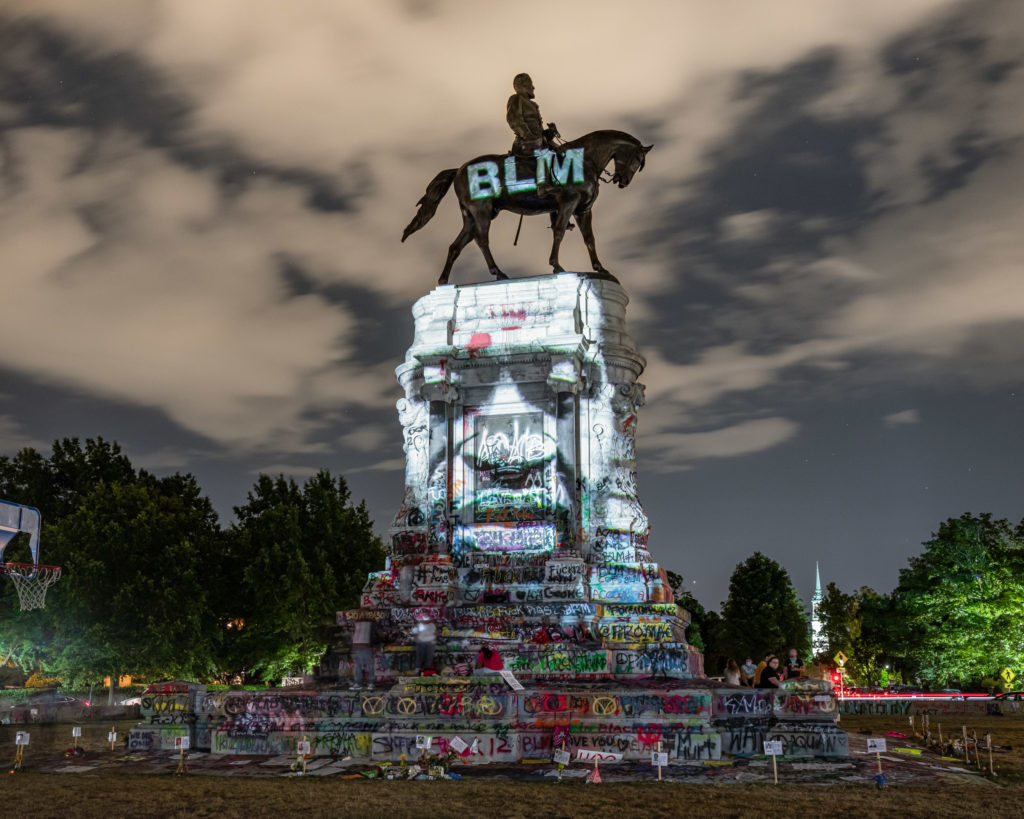
FF: You run an art press, too. How does Kris Graves Projects fit with your photography work?
KG: Kris Graves Projects started as a gallery in Brooklyn. I started it with a cousin of mine. For a few years, we showed a lot of solo shows, did some art fairs, as well as some works-on-paper exhibitions. We realized that we didn’t want to have a gallery forever because we didn’t like the model, and didn’t want to keep trying to sell very expensive work to a limited amount of rich people.
At the same time, I started to get into bookmaking. Getting more work out into the world at an inexpensive price point was the model. So that’s why we switched to publishing in about 2013, when I published two of my own books to kind of test the market. And I started to publish books with other artists in 2015. We’ve probably made around 100 books in the last six or seven years.
FF: Truth & Ruin’s photographs of the sites of Michael Brown and Tamir Rice’s murders are particularly harrowing. So much of the imagery in the photos we see of those tragedies is high drama, taken at night, during protests — and you lose a lot of the actual, accurate context of it. But you show those landscapes in a way that’s not obscuring the reality: It’s a playground. It’s a residential street. Can you speak about how that speaks to the exhibition title, Truth & Ruin?
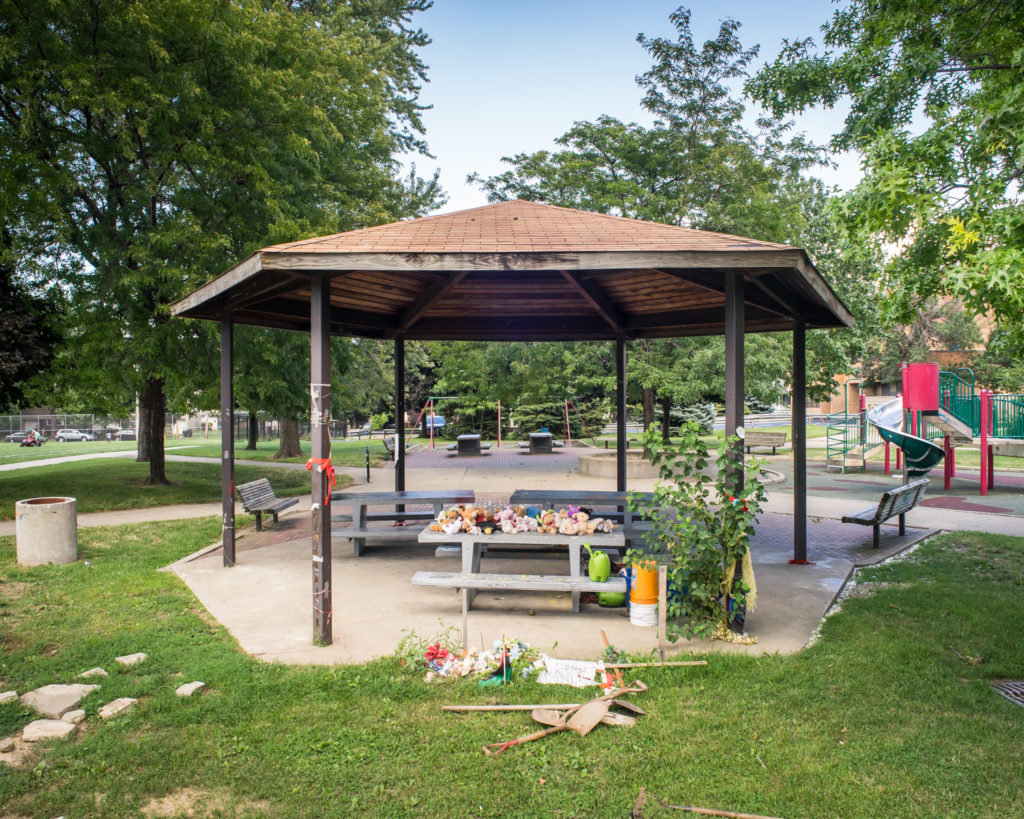
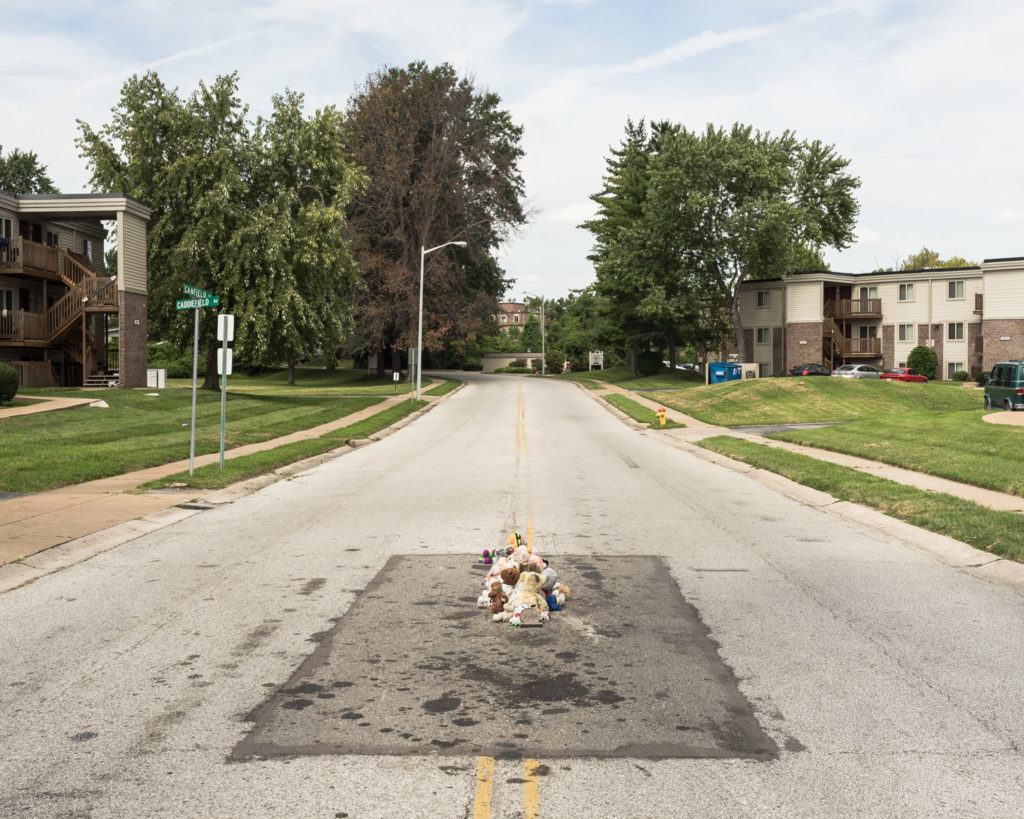
KG: It’s a blanket title for all of the series, since they all have stories about what has happened to people here. It’s pretty literal. The ruin part is that they’re all ruins: things from hundreds of years ago that are not relevant. They shouldn’t be relevant.
FF: In the description of the show online, you’re quoted as saying “more often than not black people are portrayed in the extreme, either as very rich or very poor; they’re demonized, infantilized, ridiculed, idolized, or hyper-sexualized and within the art canon there’s a noticeable scarcity of Black representation.”
How can more nuanced representation through photography work to shift that perception?
KG: I just want people to spend a moment inside the space and think about what they’re seeing. If you just spend time there, you’ll get an idea of what you’re seeing on the walls as a kind of problematic America.
And then you can start to remember that this is current. This is not a project from 30 or 40 years ago. Those photos were all taken within the last year. This is current America. What you’re looking at is not the past. It is not a ruin. And it is the truth because it still exists. They’ve taken away some of the confederate flags and maybe a few of the monuments, but everything else remains. So this is a current history project; this is not ancient history.
It’s a lot to look at, and if you spend some time looking at it and if you’re not mad after seeing the show, then something is wrong.
Spend time with Graves’s work at the gallery, and join virtually for the closing event, Black Political Thought and Antiracism: The Civic Radical Tradition with Alex Zamalin, Dec 2 at 11:45 am–1:00 pm EST.
Truth & Ruin, The Robert and Elaine Stein Galleries, Wright State University, Through December 3.
